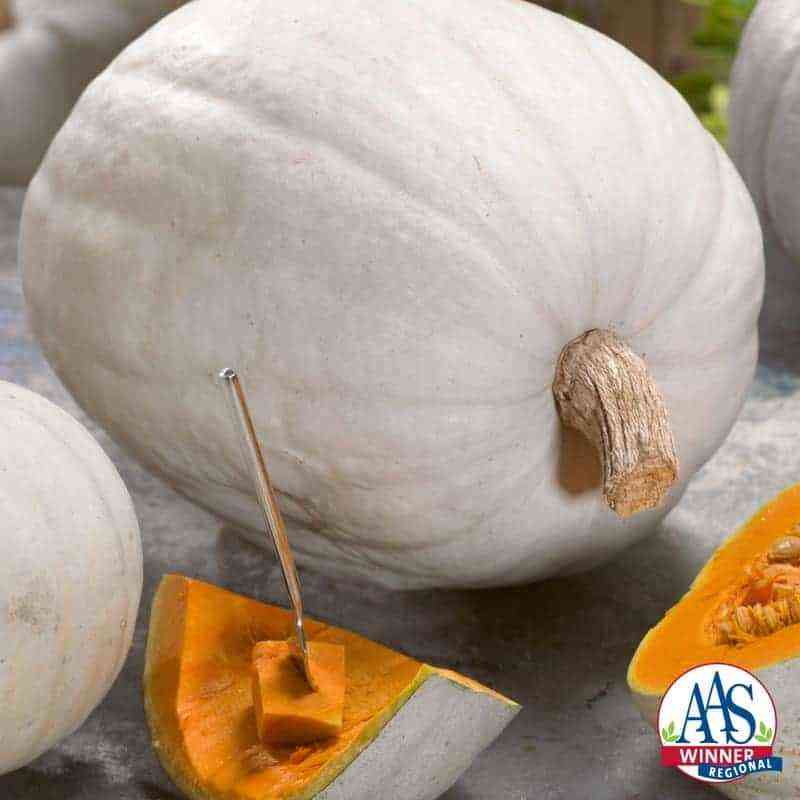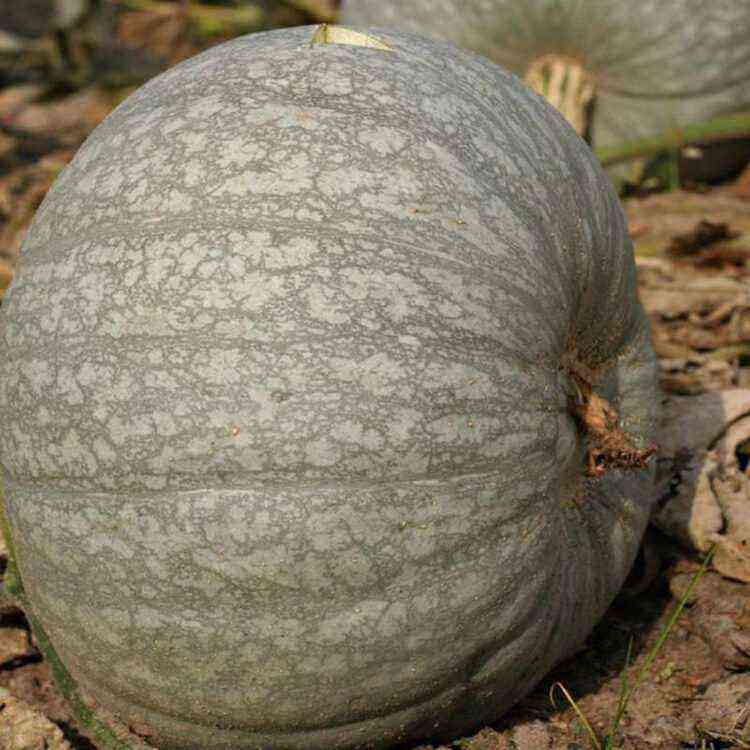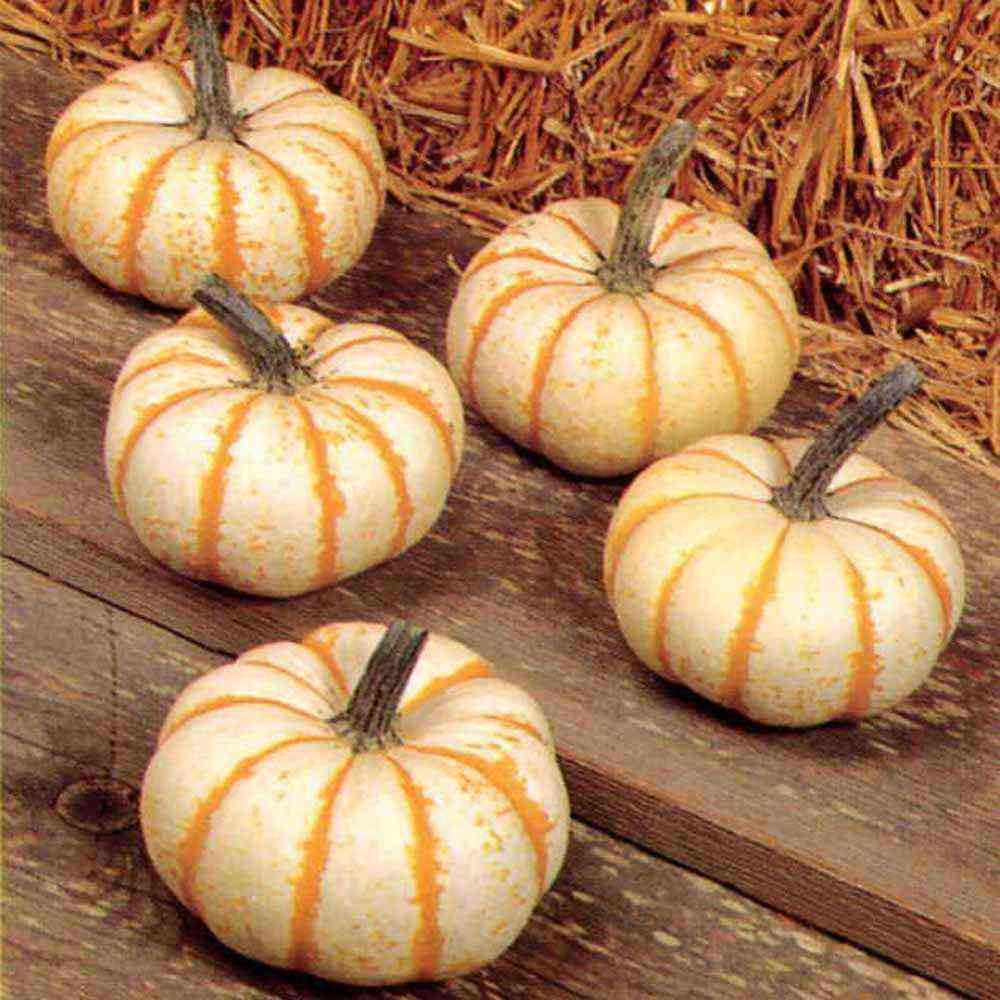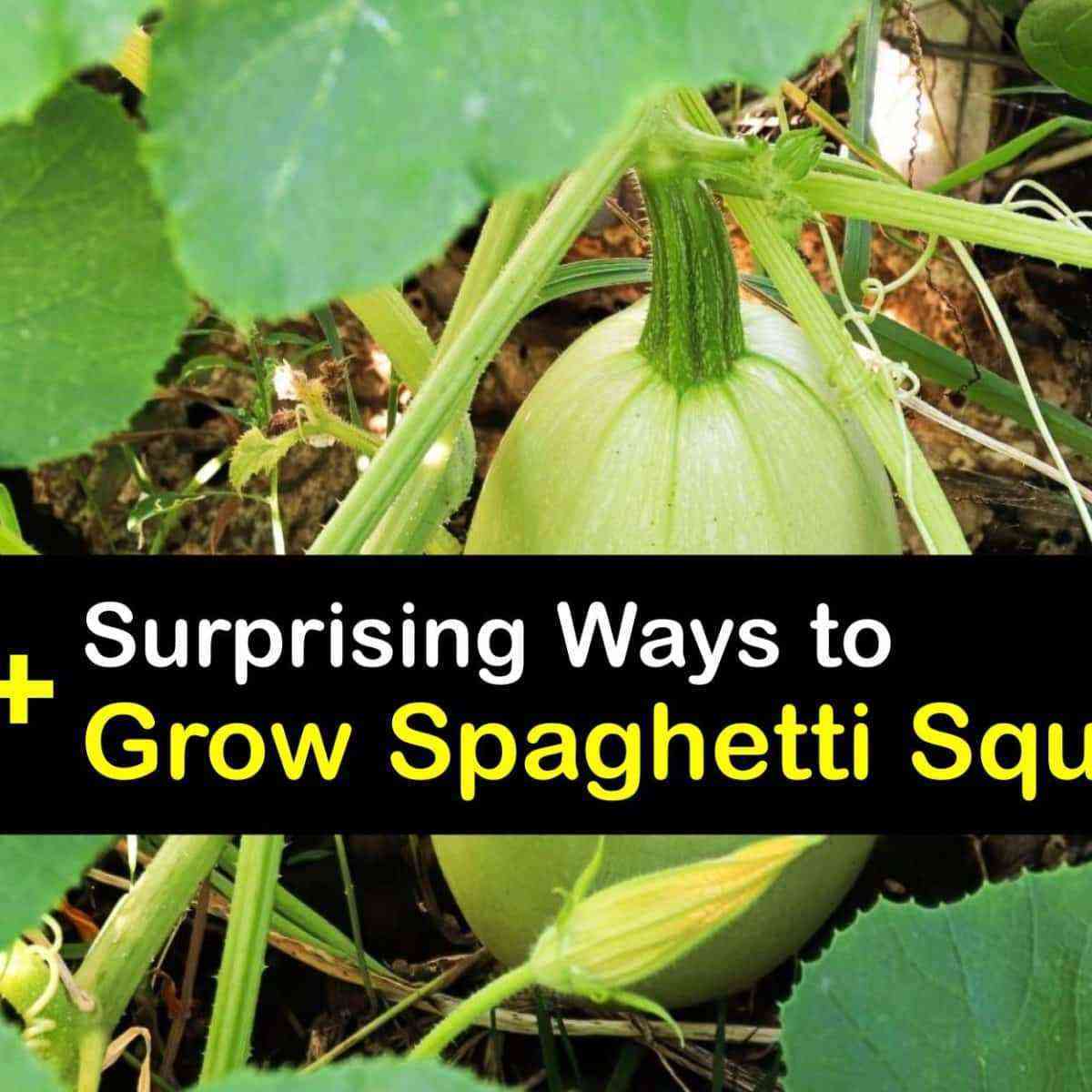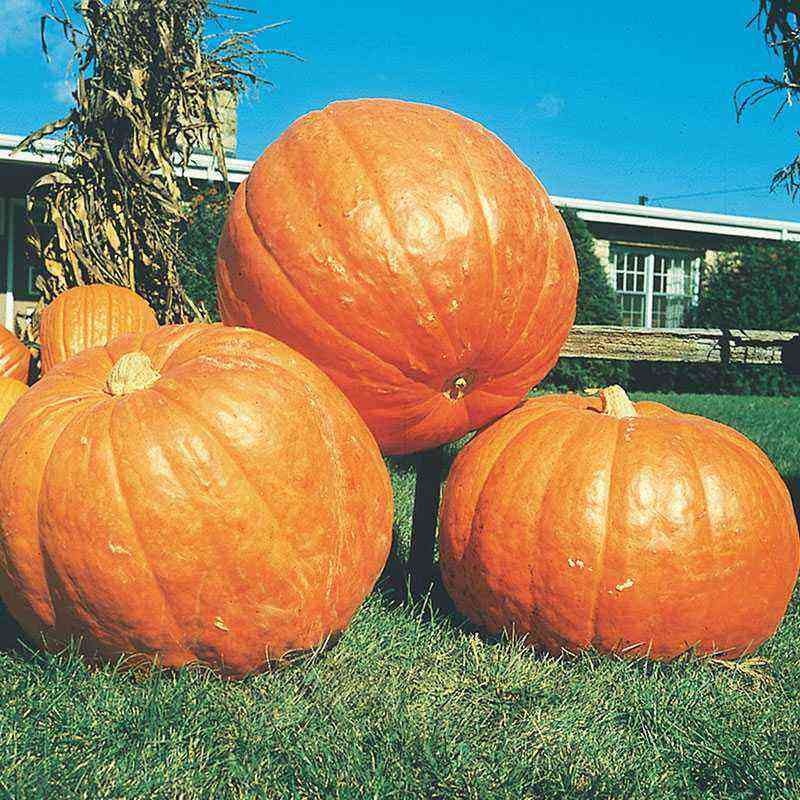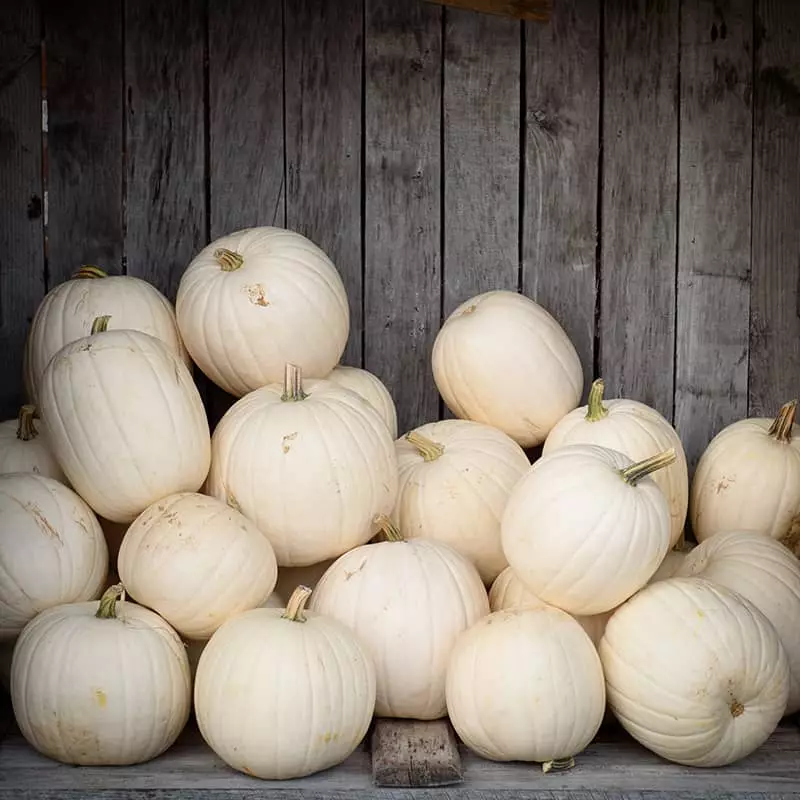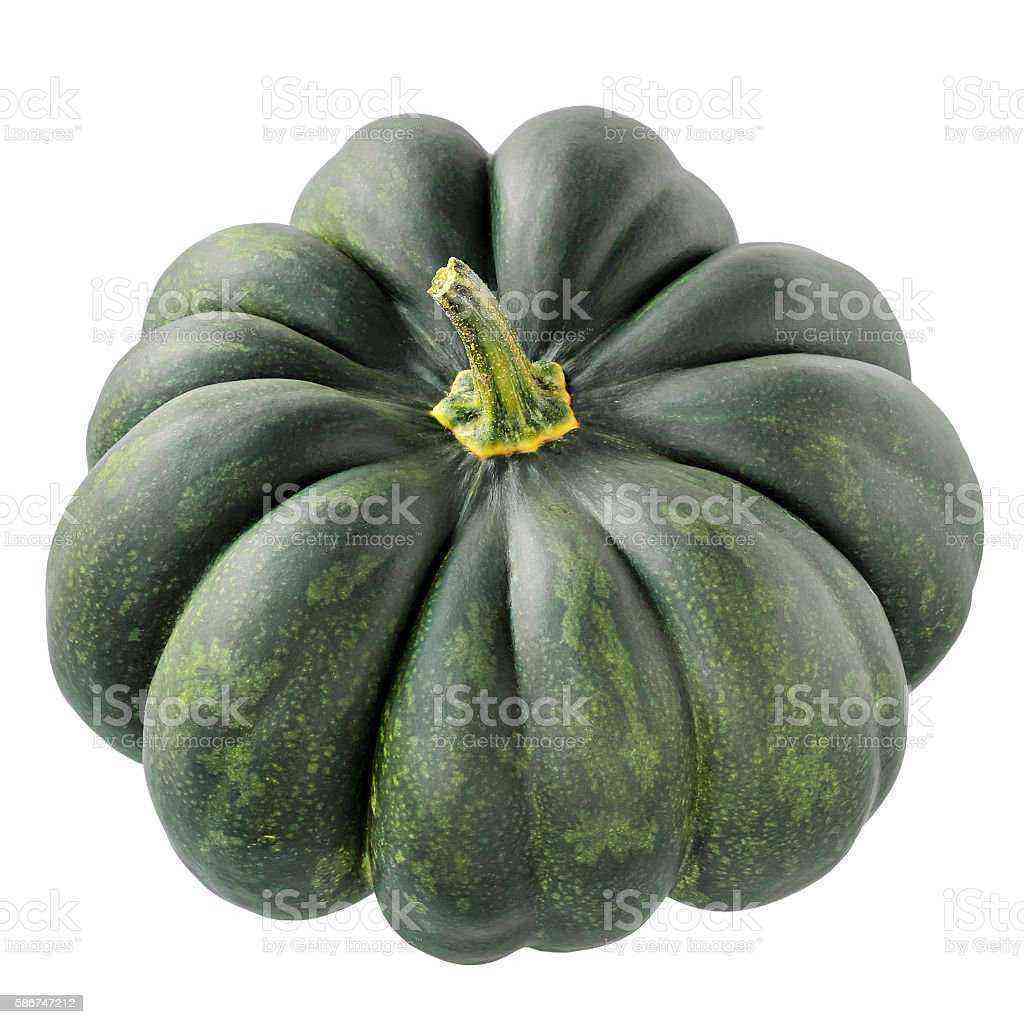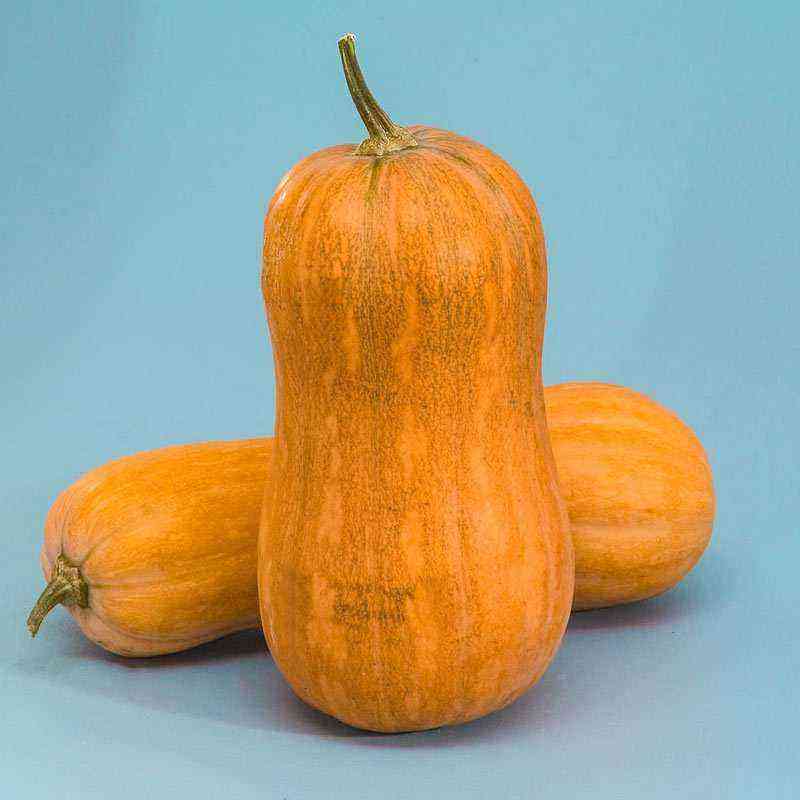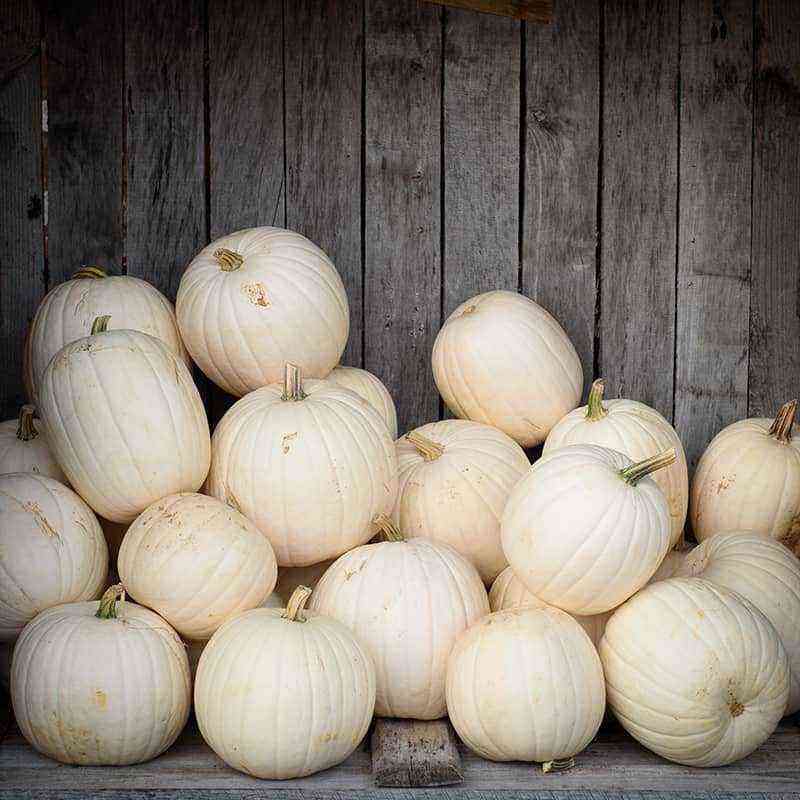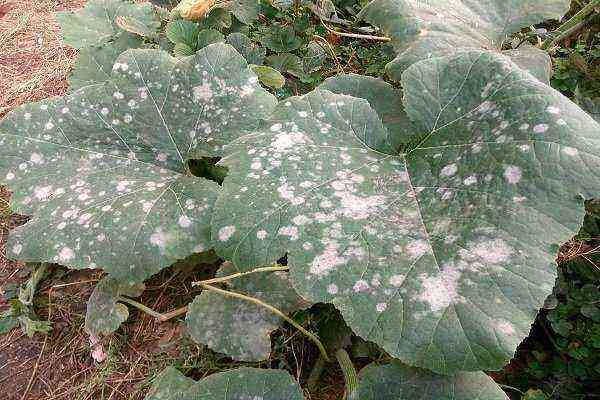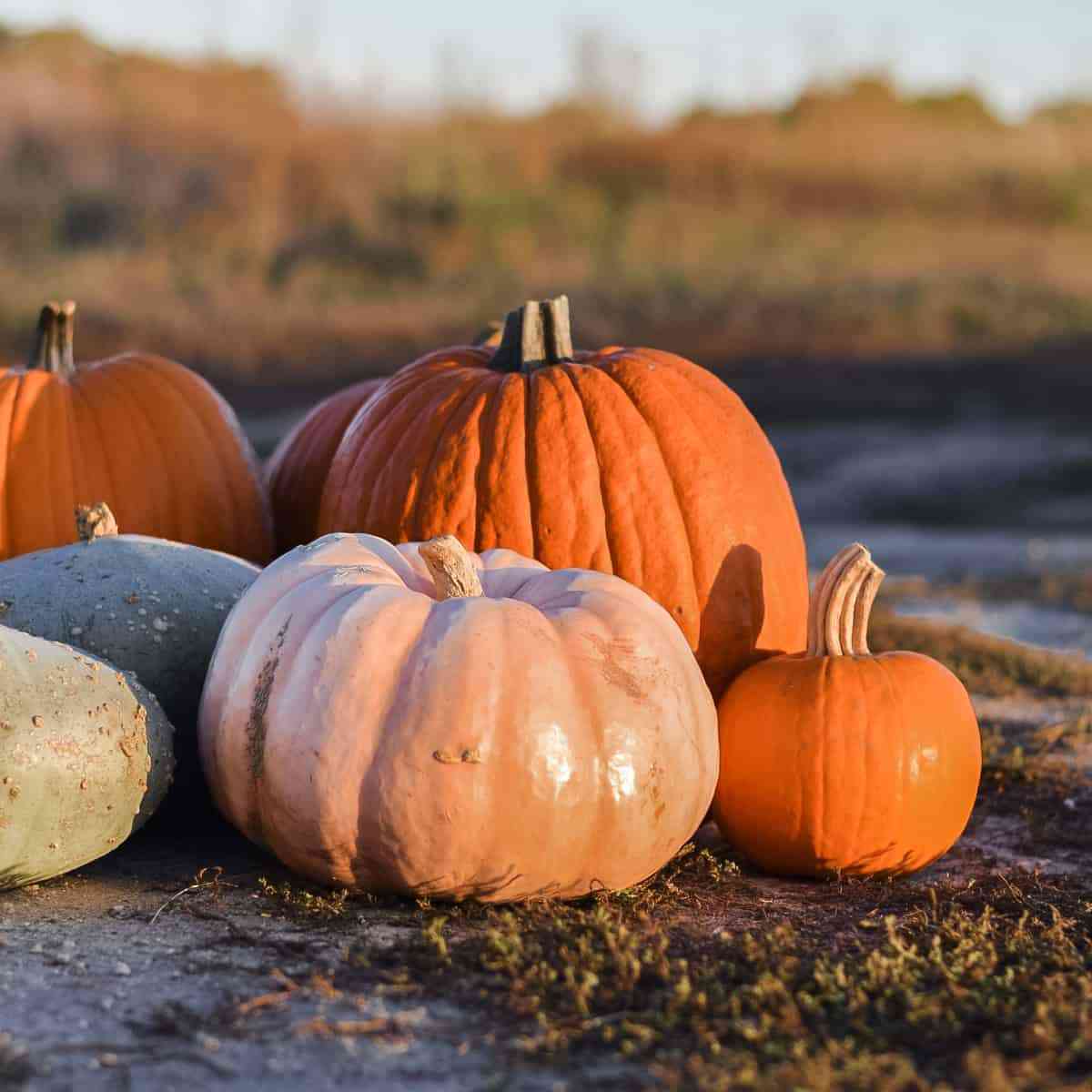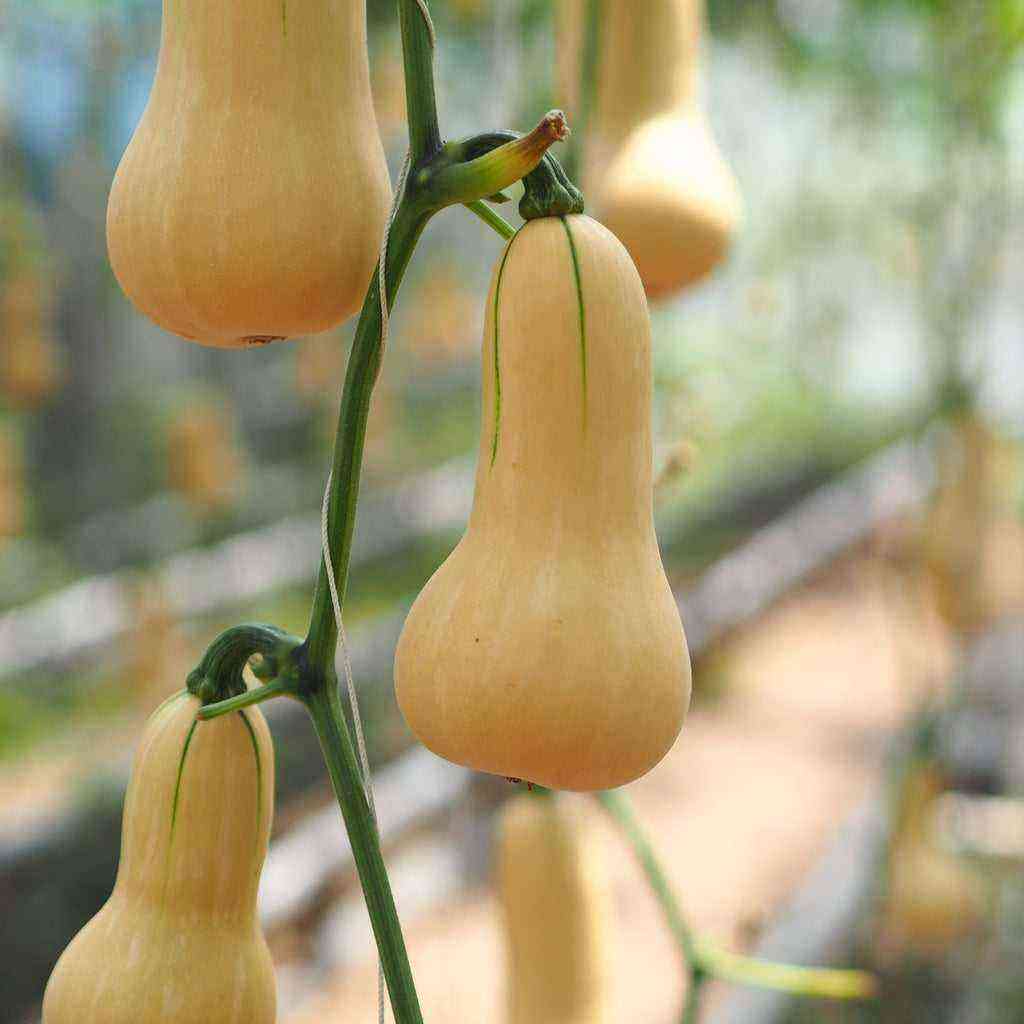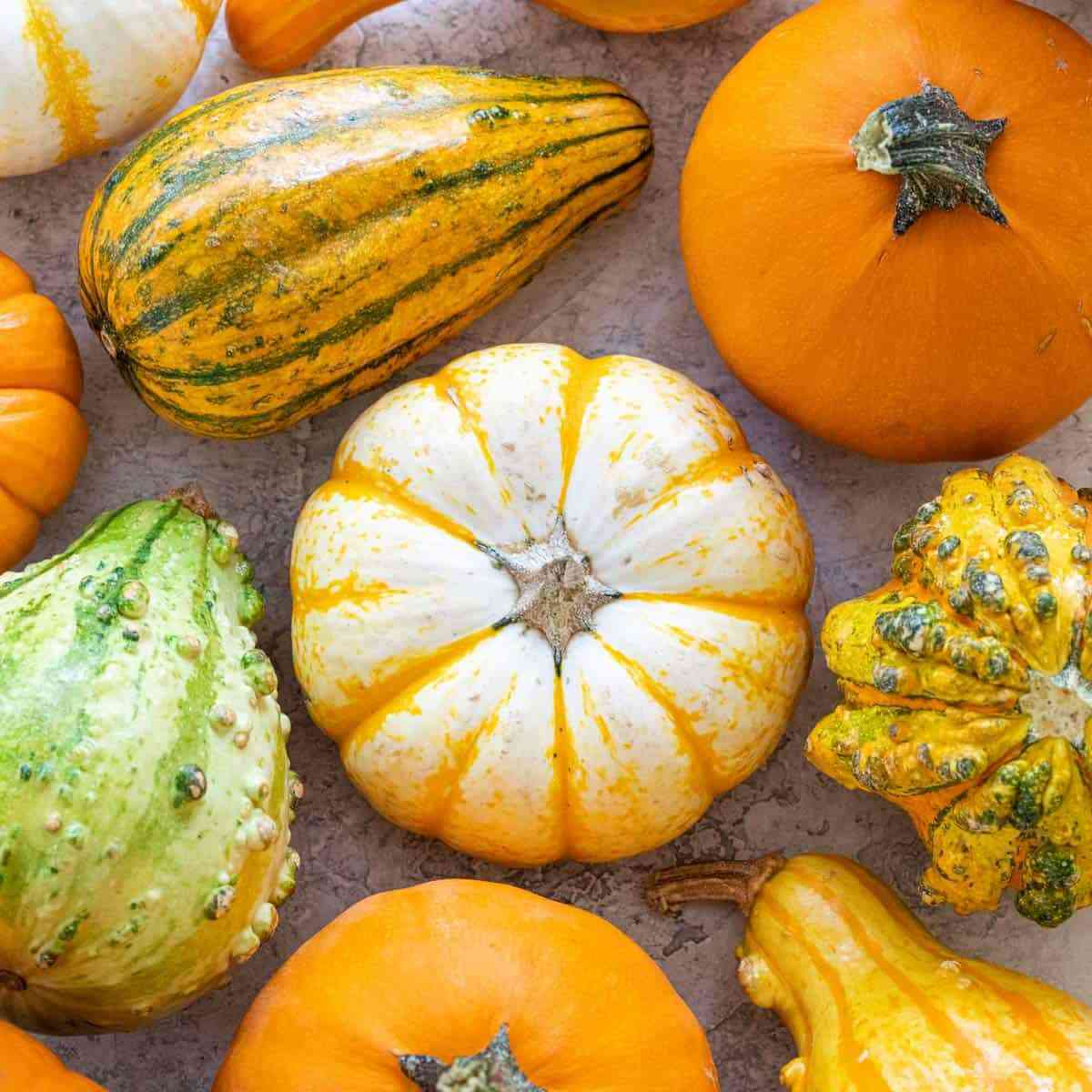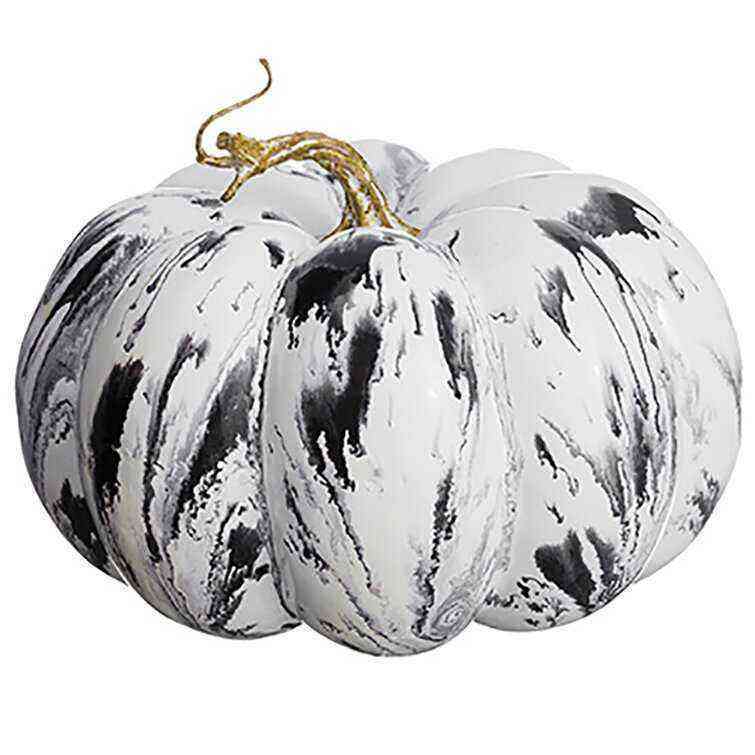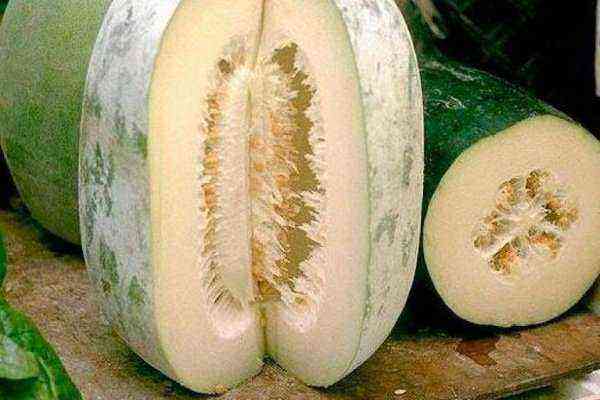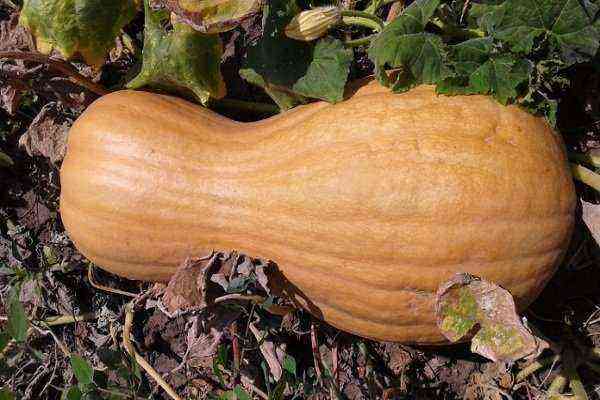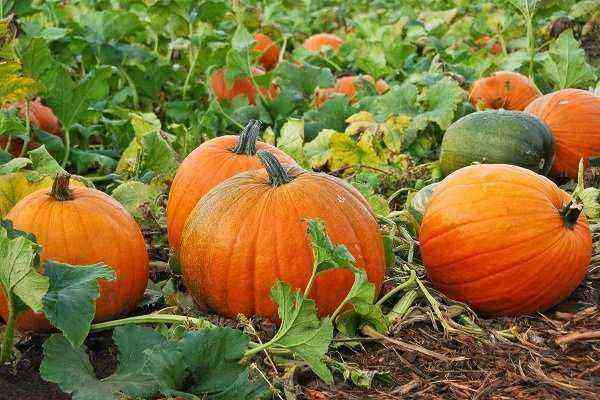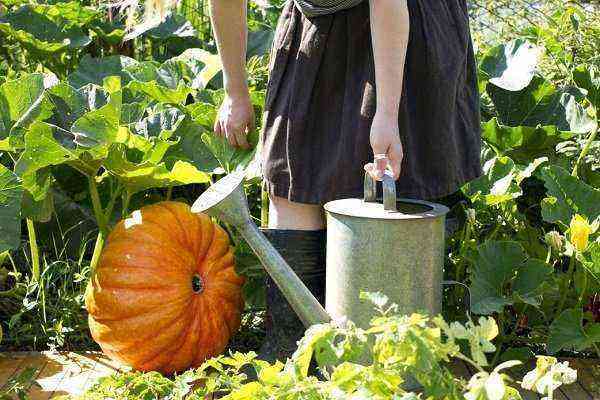Ornamental pumpkins are a real decoration of the site. Such plants do not require special care and grow very quickly. The fruits ripen in the form of pears, mushrooms, oranges and even flowers. You will learn about the rules of agricultural technology when cultivating varieties and for what purpose they can be applied while reading this article.
Description
Ornamental pumpkin is an annual melon plant, bred artificially in order to obtain beautiful and unusual fruits. There are mostly curly, but there are also bush types. Most varieties have a small weight, a bizarre shape or an interesting color of pumpkins.
Why grow?
Among the main reasons to plant a crop on the site:
- decorative qualities. With the help of plants, you can cover up unsightly buildings.
- Simplicity of agricultural technology. No need to spend a lot of effort on caring for plants and forming bushes.
- Growth rate. Pumpkin lashes in a short period of time reach a length of about 5 m.
- Persistence. Fruits retain their external characteristics for a long time.
Agrotechnics
To properly grow decorative pumpkins, you need to use the appropriate recommendations.
Site Selection
Among the requirements:
- The soil. Should be dense, well warmed up.
- The presence of support. The plant will climb up along it. The wall of the house is suitable, you can put a trellis.
- Precursor cultures. Plant in the soil in which cabbage, beets, legumes previously grew. In no case should crop rotation with gourds be allowed.
- Neighborhood. Do not plant next to onions, peas, spinach, as they attract dangerous pests.
Seed preparation
How does this happen:
- Sort. Remove seeds that have spots or dark streaks. To remove the empty ones, place in a glass of water and fish out the ones that pop up.
- Warming. Place in the oven and heat up to 10 degrees for 50 hours.
- Hardening. Wrap in a damp cloth and refrigerate for 10 hours.
- Protection. For 2-3 hours, place the seeds in a weak solution of ash or potassium permanganate.
Growing seedlings
How to drop off:
- Prepare the soil mix. To do this, mix soil, mineral and organic fertilizers in a ratio of 2 to 1 to 1. You can take a blank from the store.
- Prepare containers. It is best to take cups of peat.
- Plant seedlings. Pour the earth into pots and make a hole up to 5 cm. Plant 1 seed. Sprinkle with earth. Pour over, cover with a transparent film. It must be removed after germination.
What is the next care:
- Choose a location. Move the seedling pots to a well-lit window sill.
- Adjust the temperature. It should be within 15-20 degrees.
- Water. Do this with room temperature water as the soil dries out.
- Feed. Do this 2 times during seedling growth. Use a mixture of 10 liters of water, 20 g of potassium and the same amount of superphosphate.
- Harden. 2 weeks before transplanting into the ground, start taking the potted plants outside daily.
The seedling method is more suitable for residents of the northern regions.
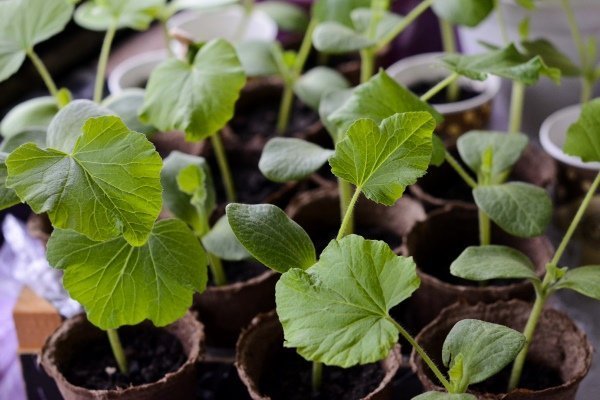
Planting in open ground and greenhouse
Usually occurs on the 30th day after planting seeds for seedlings. By the time it is the end of May-beginning of June.
How to do it:
- Prepare the site. To do this, dig up the soil. Make holes about 10 cm deep. Add fertilizer to each – for 1 liter of warm water 3 tbsp. l. ash and 2 tbsp. l. superphosphate.
- Consider the diagram. The distance between plants is at least 60 cm.
- Transplant. Transfer the seedling to the hole along with the peat pot and sprinkle with soil.
- Keep silent. Use peat or sawdust. Then add a thin layer of earth.
If you are going to grow pumpkins in a greenhouse, make sure you have good ventilation before planting and during flowering.
Planting Seeds
This method is suitable for residents of the southern regions.
What do we have to do:
- wait until the soil warms up to 15-20 degrees;
- apply fertilizer;
- make holes at a distance of 40-50 cm;
- plant 2 seeds in each to pinch a weaker sprout in the future;
- sprinkle with earth;
- pour.
Care
For best growth, you need to properly care for plants.
Watering
Tips:
- Frequency. Immediately after landing, you will need to repeat the procedure up to 4 times a week. As you grow, you can reduce to 4 times a month.
- Water. It is better to take at room temperature.
- Way. It is brought under the root.
Feeding
Held every 15-20 days. Organic or mineral fertilizers are used.
Loosening and weeding
Produced as weeds appear. When the lashes are formed, this should be done more carefully so as not to damage the plant. Usually weeding is carried out before watering, and loosening – after.
Pollination
As a rule, insects cope with this, but if for some reason they rarely fly into the area or the plants are in the greenhouse, you will have to do the procedure yourself.
It is better to do this early in the morning:
- take a brush with soft bristles;
- “dip” in the pollen of a male flower;
- transfer to the female flower.
Diseases and pests
For ornamental pumpkins, there are such dangers:
- Powdery mildew. It is a white coating that covers leaves and lashes. Leads to the death of ovaries and fruits. Spraying with a 1% solution of vitriol will help to cope with the problem.
- Root rot. A fungal disease that leads to the death of a plant, starting from the root. It can be prevented if all watering conditions are observed.
- Slugs. They gnaw through the leaves, damaging the fruits. You can get rid of them if you cultivate the land with a mixture of ash and lime in equal proportions.
- Melon horn. A parasite that causes leaves to rot and curl. It often occurs if the norms of care, crop rotation and neighborhood of crops are not observed. The way to save the plants is by spraying with a mild soapy solution.
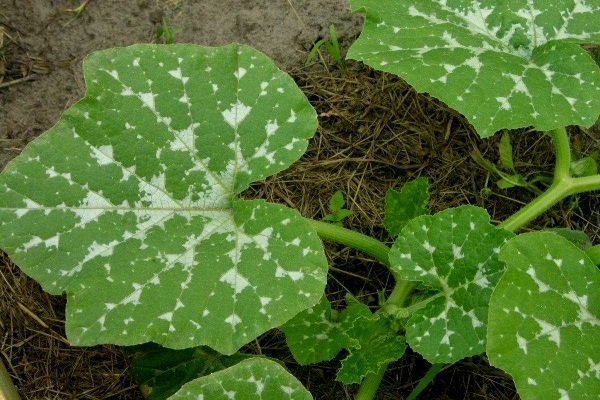
Powdery mildew of pumpkin
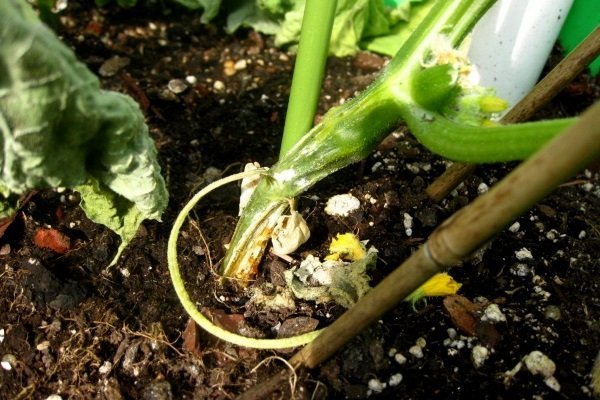
pumpkin root rot
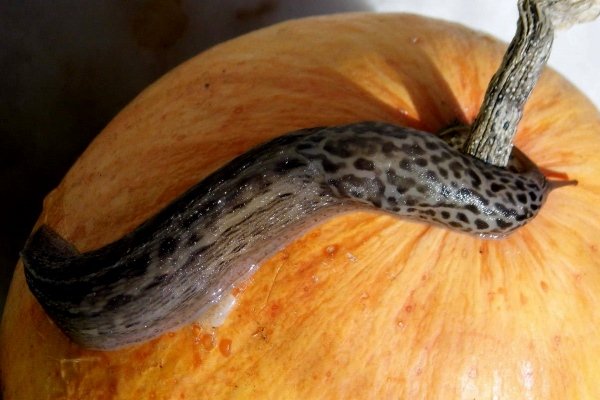
Slug on a pumpkin

Melon Caviar
Harvesting
Usually occurs in autumn before the first frost. By this time, the skin should be firm and dense. Pumpkins are cut just above 5 cm from the stem.
Application
The use of pumpkins for decorative purposes is widespread.
First, unusual fruits decorate the site, and then they are dried, used for crafts and as vessels (for example, for wine or baking dishes).
Some vegetables are edible and taste pretty good. But it is worth adding to food only those fruits that have not yet had time to stale and have a thin skin.
The manufacturer usually writes about the possibility of using pumpkin for food on the package with seeds.
How are pumpkins dried?
The process is carried out immediately after harvest.
How does this happen:
- Wash the pumpkins in a soap or baking soda solution.
- Lay them out on the floor or bedding in a warm, ventilated area. Do not stack fruits on top of each other.
- Periodically turn the vegetables over, removing damaged and rotting ones.
- After about 7 days, when the top layer of the skin is dry, move the pumpkins to a dark, well-ventilated area. Put them on a rack or hang them up.
- Once a week, check the fruits, rejecting the bad ones.
- After complete drying, cover with a layer of acrylic varnish to maintain durability and strength.
The drying process can take up to 6 months.
Top Grades
There are several popular varieties of ornamental pumpkin.
Laguaria
What you need to know:
- Form. They are unique and varied. There are vegetables in the form of bottles, swans, jugs.
- Bush. Long lashes and slightly rounded, large leaves.
- Color. Dark or light green. Some varieties are covered with white spots.
- Use. Only at a very young age. Tastes like zucchini. They need heat treatment to get rid of slight bitterness.
- Productivity. From 1 bush you can collect up to 12 pumpkins.
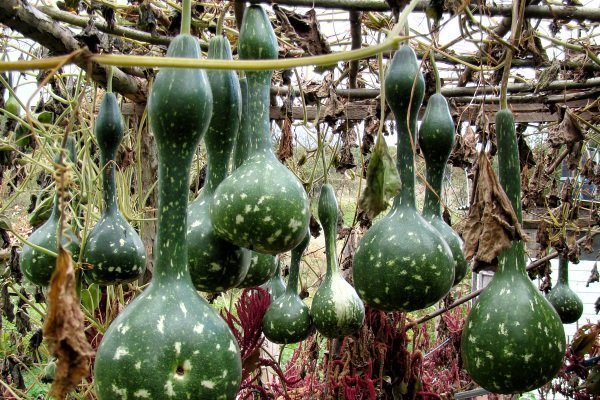
Pear
Information:
- Form. Similar to the fruit of the same name. Oblong at the top and widened at the bottom.
- Bush. They form long branched shoots with dark green leaves.
- Color. Various. There are light and rich yellow, watermelon colors. You can find combinations of 2 colors – lemon on top and green with a white stripe on the bottom.
- Use. They don’t eat.
- Productivity. Collect about 20 “pears” from 1 bush.
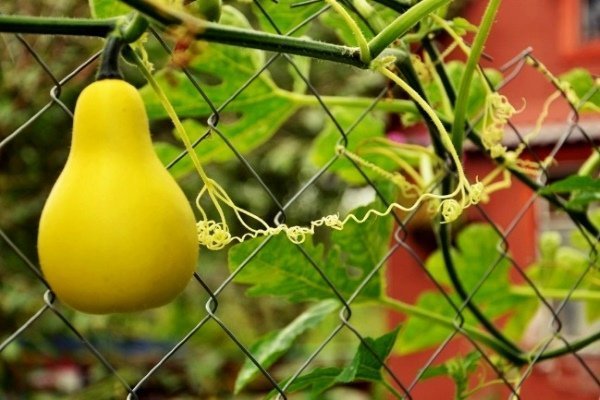
Crown
About pumpkin:
- Form. Reminds a crown or a star, in which processes-rays extend from a round base. Some argue that vegetables are like umbrellas.
- Bush. Grows up to 4 m, has good weaving. The leaves are large, emerald green.
- Color. There are white-yellow and gray-green fruits. You can purchase varieties that combine 4 colors.
- Use. They have a specific, bitter taste. Rarely eaten.
- Productivity. Up to 1 pumpkins are formed on 15 bush.
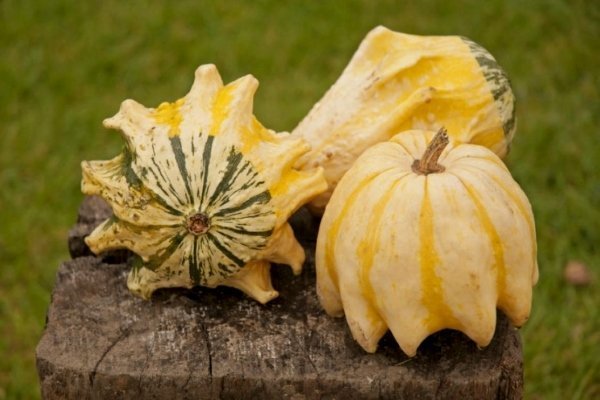
Fango
The main parameters:
- Form. Rounded with pronounced segments.
- Bush. Scourge of medium size, up to 3 m. Green, wrinkled leaves.
- Color. From above it looks like a flower. Usually two-tone, include a base and petals “drawn” on it. Combine orange, green, gray, black and yellow colors.
- Use. Do not add to food.
- Productivity. About 10-15 fruits from 1 bush.
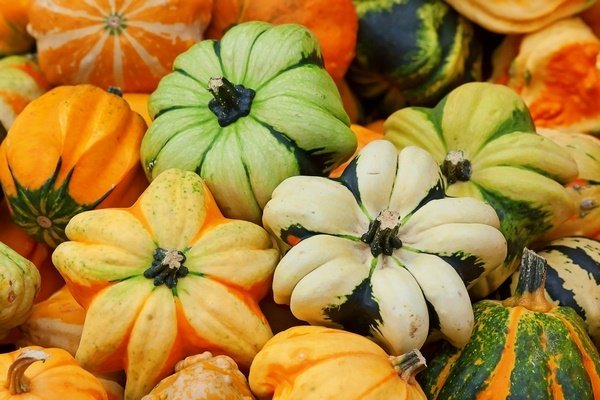
Little Red Riding Hood
Features:
- Form. Look like a mushroom or a head with a hat on it.
- Bush. Not very long lashes, grow up to 3 m. The plants have large funnel-shaped flowers.
- Color. The lower part is usually light, the upper part is reddish-orange or orange.
- Use. Raw and cooked. They have a pleasant, sweet taste.
- Productivity. Collect up to 20 pumpkins per season.
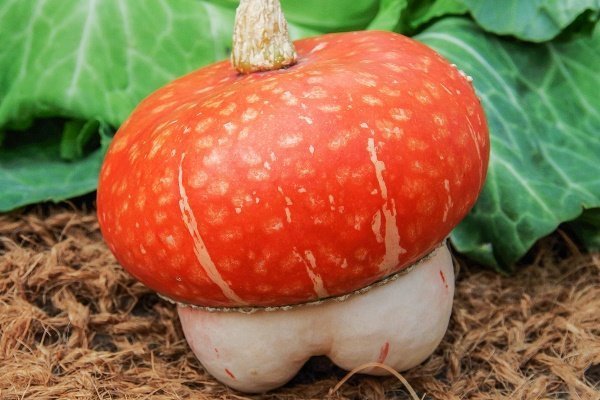
You can see the fruits of the Little Red Riding Hood variety and find out its main features while watching the video presented:
Mandarin
What is known:
- Form. Very small, round pumpkins, reminiscent of the fruit of the same name. They have little segmentation.
- Bush. It has good weaving.
- Color. Orange or red-orange.
- Use. Not fit for food.
- Productivity. About 15 fruits.
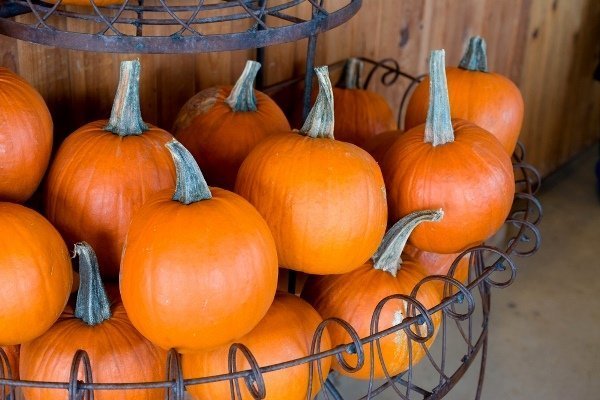
Crumb Bu
Basic information:
- Form. Small neat pumpkins grow like garlic heads. They seem fake because of the perfectly smooth surface and clear division into segments.
- Bush. Forms long lashes.
- Color. Uniform white with a green stem.
- Use. It has a pleasant taste, suitable for cooking.
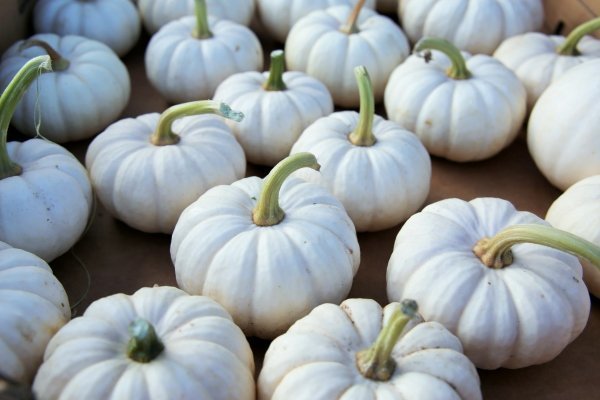
warty
Significant are:
- Form. They can be round, oval, pear-shaped and flattened. All fruits are covered with small growths resembling warts.
- Bush. Whips grow up to 4 m long.
- Color. There are white and black-green, yellow-orange, gray and with a white tint.
- Use. For decorative purposes only.
- Productivity. Up to 1 fruits ripen on 30 bush.

Sweet Dumpling
Variety facts:
- Form. Rounded or closer to cylindrical. Possesses brightly outlined segments.
- Bush. Climbing plant, about 3 m.
- Color. Ideal white color combined with greenish or orange stripes.
- Use. Very pleasant taste. Can be eaten raw and cooked. It has a rich fruity aroma.
- Productivity. Only 1 pumpkins weighing up to 5 g grow on 500 bush.
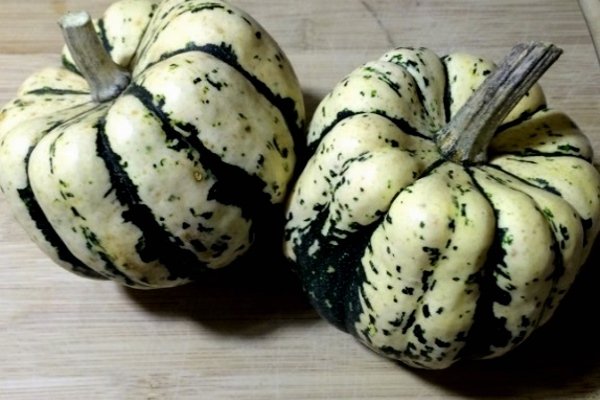
Orange
What do we know:
- Form. Round fruits-balls.
- Bush. It has an average weave, about 3 m.
- Color. Golden orange with light stripes.
- Use. Not recommended.
- Productivity. About 15 pieces on 1 bush.
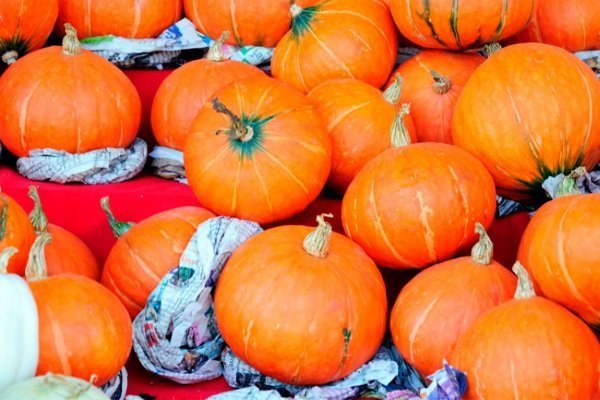
Reviews
You can learn more about growing decorative pumpkins by reading the opinion of gardeners:
Elena, 43 years old. Every year I plant the Kroshka Boo variety on the site. It turns out very neat miniature pumpkins, as if made of paraffin. Good taste is a nice bonus. This year I want to try to plant Mandarin. They say that very beautiful fruits also grow. Anna, 51 years old. For several years in a row I have been planting the Red Riding Hood and Sweet Dumpling varieties. Painfully beautiful look on the site. But most of all, their taste is pleasing – sweet, juicy, and Sweet Dumpling also has very fragrant fruits. Pumpkins grow quickly and do not require much care. Maria, 45 years old. I plant varieties of Orange and Pear. Simply stunningly beautiful fruits grow, resembling real fruits from afar. I dry them and use them for crafts. This year I want to try to make pear-shaped wine glasses.
The advantages of decorative varieties are their miniature size, bright colors and unusual shapes. They can be grown on the site and in the greenhouse, without making any special efforts. The resulting crop can be used for cooking or creating crafts.
